DEFENCE
DEFENCE
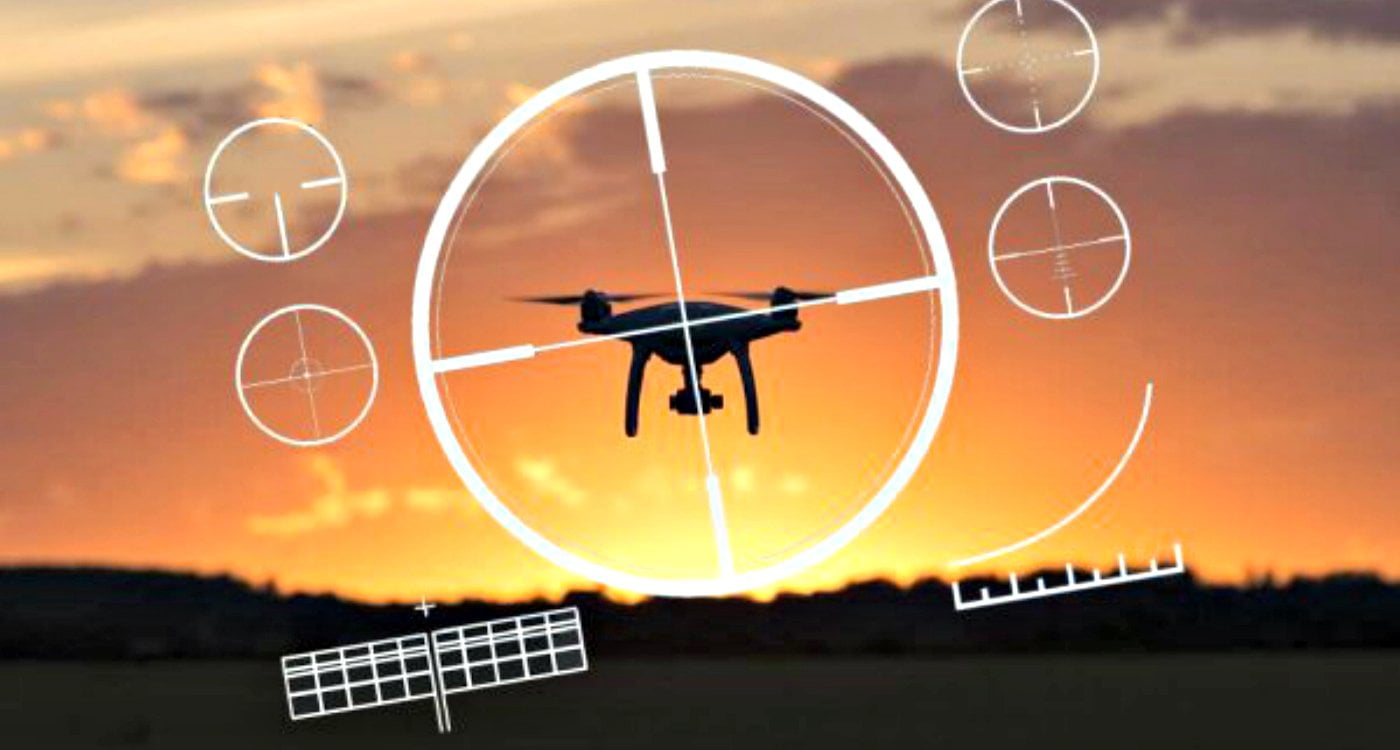
The huge growth observed in recent years in the use of small-sized drones with propellers (e.g. quadcopters) tends to be a “headache” for the Security Forces and the Armed Forces of each country since, due to their small size, their relatively low cost and ease of handling, they can even be converted from entertainment devices into weapons, make a surprise attack by hitting effectively and without warning ground targets via explosive cargo.
A typical example of such an attack took place on March 6, 2020, when US forces guarding oil and gas fields in eastern Syria were attacked by small drones throwing improvised explosive devices.
The frequent reckless use of small drones nearby airports for videotaping or photography purposes has repeatedly troubled authorities with the risk of a plane -drone crash being particularly high. A recent example is the “freezing” of Gatwick Airport in the United Kingdom between 19-21 December 2018, which resulted in affecting about 1000 flights!
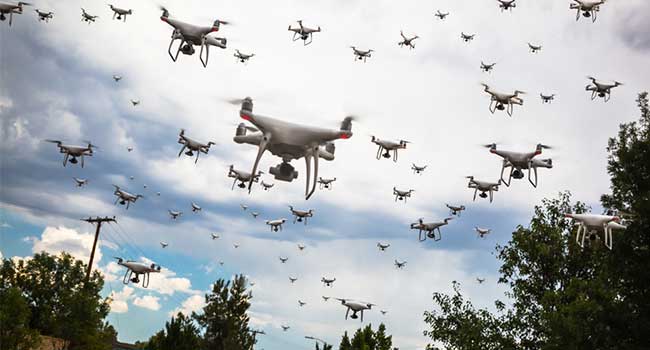
To combat this new threat, smart systems have been built in recent years (Counter-Unmanned Aircraft Systems / C-UAS). Below, we present two of these systems, which work differently, the Israeli Drone Dome and the Russian Sapsan-Bekas.
Rafael’s Drone Dome:
According to the manufacturer Rafael, the Drone Dome provides a comprehensive solution for the implementation of a No-Fly UAV Zone, achieving effective protection against enemy drones.
The Drone Dome has the ability to detect unknown targets (UAVs) without causing interference to non-target airborne assets by utilizing specific jammer bandwidth and an advanced directional antenna. This is a significant asset of the Drone Dome system when operating in highly congested airspaces like airports. The system can be used as a stationary (e.g. in a building) or mobile as well as customized per customer’s request.
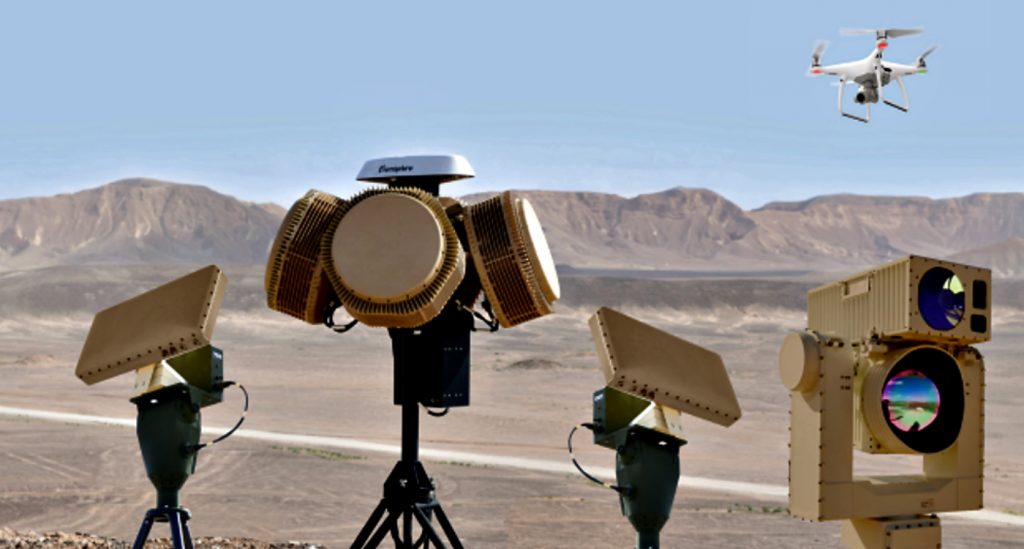
The Drone Dome can detect very small targets of 0.002m2 in a range of 3,500 meters, it has the ability to rotate 360 degrees and operates in all weather conditions. It can engage drones either by jamming (soft kill) or using a powerful laser beam. The system is also capable of operating while it can be supported by additional sensors and effectors.
Avtomatika Sapsan-Bekas:
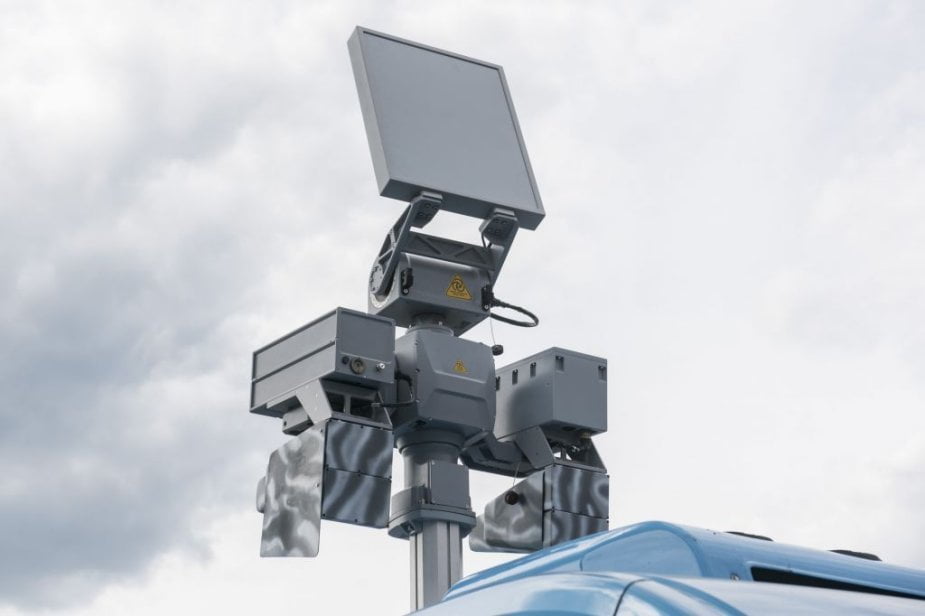
According to the manufacturer Avtomatika Concern (which is part of the Russian Rostec), the system has the ability to detect unmanned aerial vehicles of both civil and military type in distances up to 10 km and neutralize them in distances of about 6 km, jamming communication between operator -UAV. It operates in a wide range of frequencies from 400 MHz to 6 GHz. It works on the “Friend or Foe” (IFF) principle and does not affect UAVs whose information is in their database. The system is versalite and can be installed in vehicles according to customer requirements.
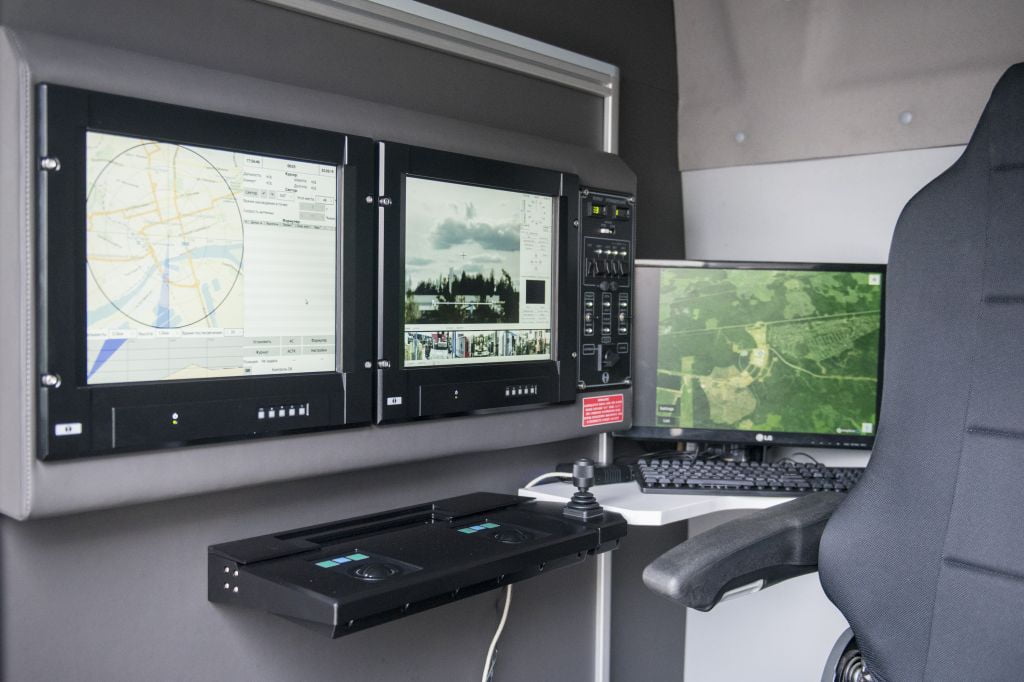
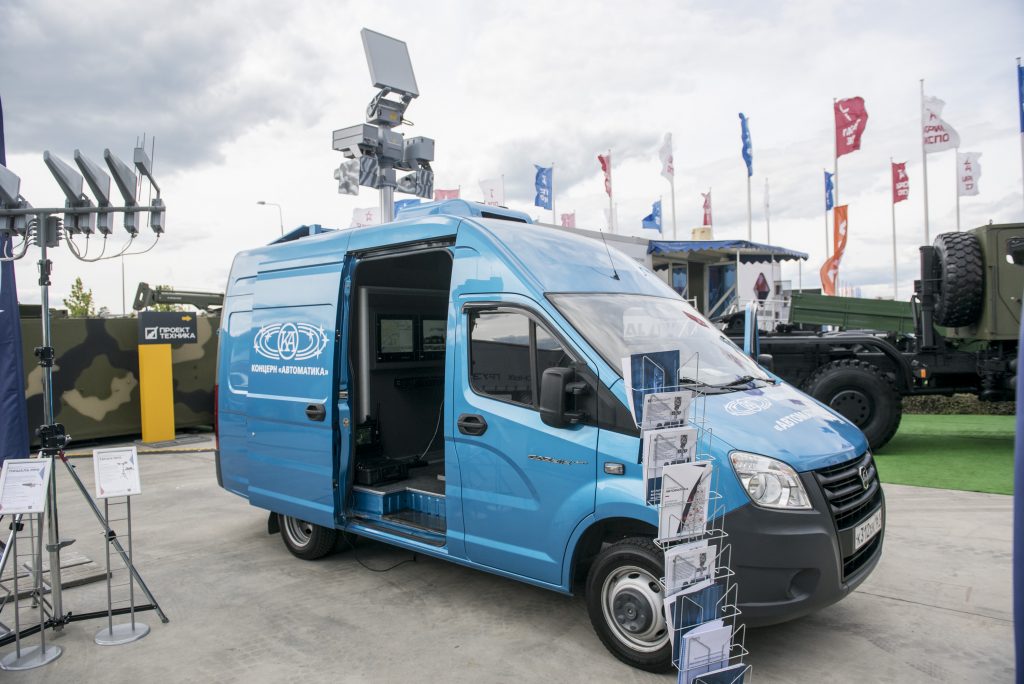
Leonardo | PRS Receiver Achieves First Certification for Defence and Emergencies Throughout Europe
eonardo has designed, developed, and built the only receiver specifically conceived for the ultra-secure Public Regulated Service (PRS)…
The first photos of the new H145M helicopters of the National Guard of Cyprus
UK | Four Ships to Be Equipped with the DragonFire Laser System in 2027
The Royal Navy plans to equip four warships with the DragonFire static high-power laser weapon system in 2027…
Massive Ancient Greek Defensive Wall Unearthed in Croatia
An ancient Greek defensive wall, dating back at least 2,000 years, has been uncovered near the Adriatic coast of Croatia, the…
Leonardo | PRS Receiver Achieves First Certification for Defence and Emergencies Throughout Europe
eonardo has designed, developed, and built the only receiver specifically conceived for the ultra-secure Public Regulated Service (PRS)…
The first photos of the new H145M helicopters of the National Guard of Cyprus
HCDI | Notice of Calls to Expressions of Interest
Today, the following calls for expressions of interest have been published on the Hellenic Centre for Defence Innovation (HCDI) website…
SEKPY | Welcomes the Decision of the Ministry of Defence for a Greek Participation Rate of 25% in Armament Programmes
The Hellenic Manufacturers of Defence Materiel Association (SEKPY) welcomes with particular satisfaction the decision of the Minister of National Defence, Mr Nikos Dendias, to…
“Ark of National Remembrance” | Unveiling of the New War Memorial at the Ministry of Defence
Impressive images have emerged from the Ministry of National Defence (MoD), where today, Wednesday, 26 March, the unveiling of the “Ark of National Remembrance”…







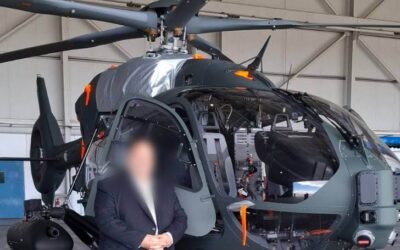
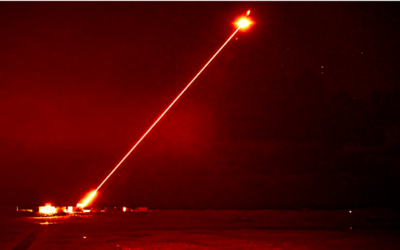

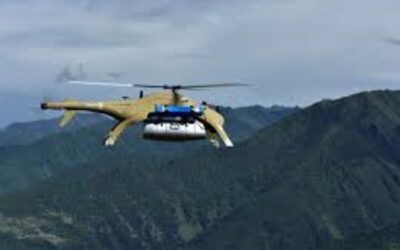



0 Comments